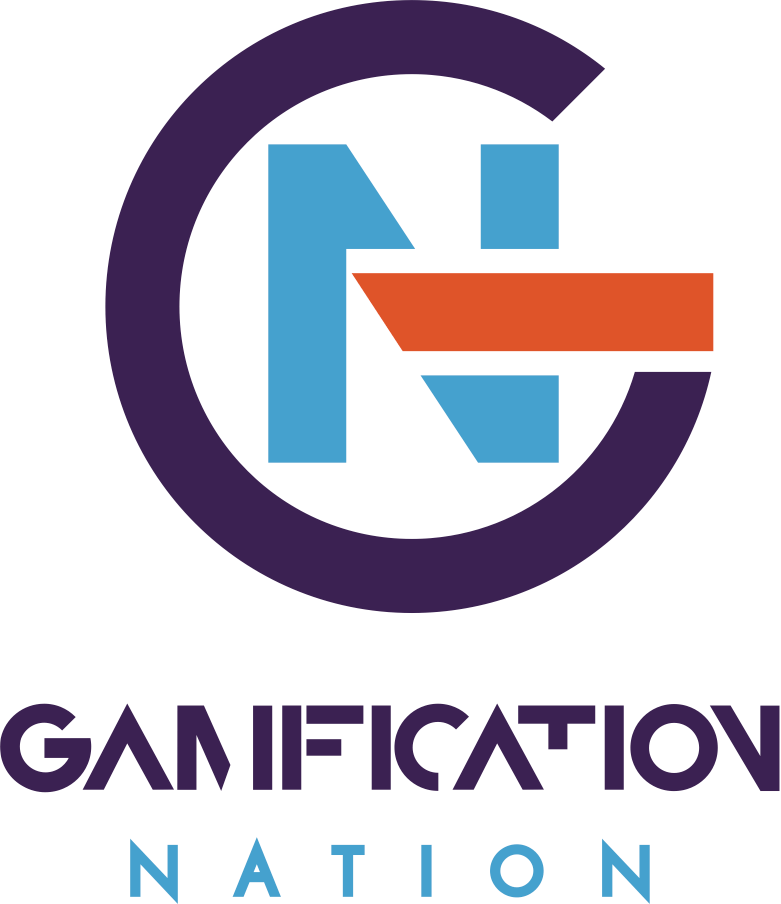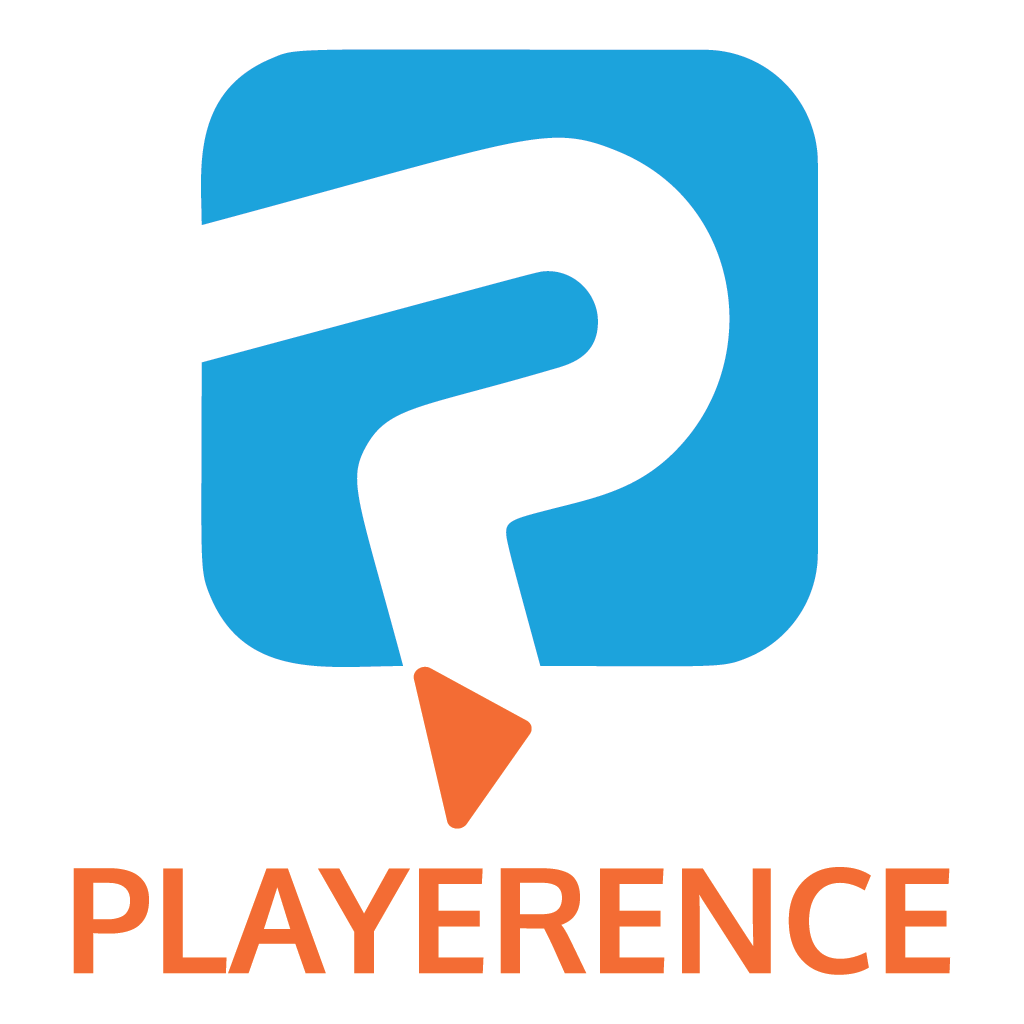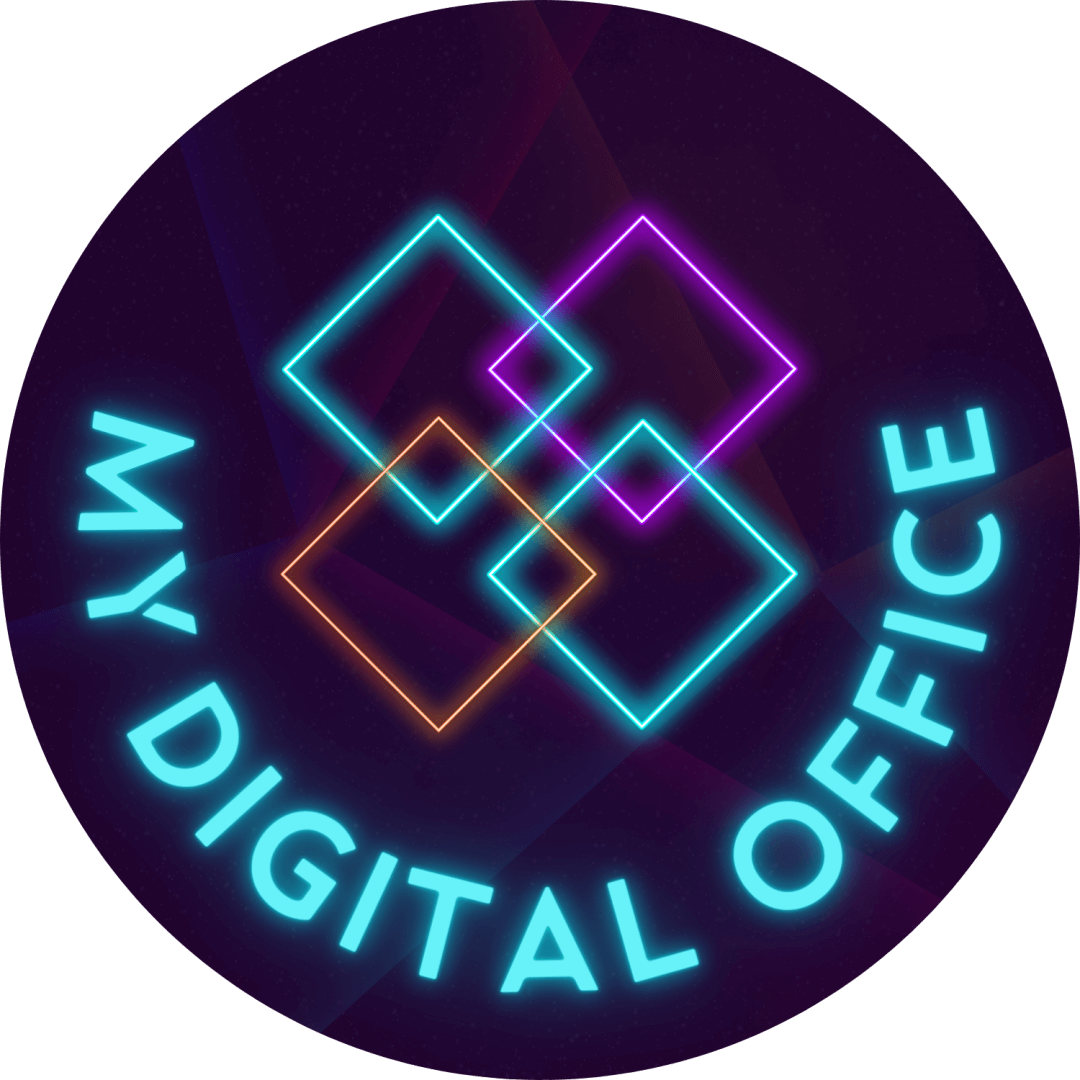On my recent speaking schedule, I met a lot of business leaders in HR and learning. Because I spoke about the topic of gamification trends and how to implement these solutions. Invariably in conversations afterwards, you find out how people are finding gamification and what they are doing with it.
In HR circles the view of gamification was largely positive, yet in learning circles, the mix ranged from haters to lovers. What both communities had in common is that they had enquired with a variety of providers to come up with solutions, unfortunately, they where all abhorred by pricing.
Price levels in gamification vary widely. As a platform agnostic consultant, I can confirm that this is the case and that is without adding a consultant in the mix also. I ask for pricing of peers and the answers vary from tons to as much as I think the client is willing to pay. I guess it is also not something everyone is willing to be open about and not easily verified on truth factor. As in all walks of life poker faces and bluff are just as rife in our industry as in any other.
Platforms often don’t have standard pricing or if they do you need a data science degree to make sense of it all. I like fixed fees or per user licensing. I really don’t like it when fees are based on activity, the extent of gamification or actual API calls, for most end-users that is scary information and not helping their decisions. Having to pay for additional bits also makes it hard for the client to buy. Headcount numbers are relatively predictable and a number most HR and learning people can work with, the rest is just clouding transparency.
One comment that stuck with me from a learning leader, was that they wanted gamification to be disposable. She explained this further and went on to say that she wanted it to be cost-effective, time effective and impactful, to date she had not found anything fitting those parameters.
From a strategy perspective, she raises a valid point, namely that changing it up needs to be easily done. Most people in learning have mastered authoring tools, which come at affordable pricing for most businesses. Gamification platforms are nowhere near these figures, most of them compare to ERP systems in pricing or LMS systems, which in most cases they are an add-on to.
It leaves us as gamification designers in an interesting place. Do we aim for a business model similar to elearning design and creative agencies and create disposable short-term items. As platforms, the pricing has to become way more transparent and not fluctuating based on a brand name or perceived finance a company could realistically afford.
The other point that came up frequently is impact measurement. How can we prove as part of our business case that gamification has an impact on behaviour change and other reasons for engaging in gamification? For us, a lot of our work is under non-disclose agreements, so we don’t share results. In proposals, I will share what I can and also what I find from research.
One of the other reasons why I don’t publish case studies freely is because my work get’s copied. Whilst this may be flattery in some cultures, I have to work hard enough already to gain and keep the clients I have to not feed my competitors everything on a plate. With some of our clients, we have been actively looking to validate impact with the assistance of PhD research. So if you are a student looking to dedicate your research to the impact gamification in HR or learning, feel free to let me know if you can work on a UK based project.
There are studies and more and more research is coming out, which validates the impact and the kinds of interventions that can work. As someone that has come from the field of change management, learning and HR, I have to also keep it real and say that gamification is one tool of many that can be used. One that I personally enjoy a lot, but it is not for every single thing you do.





